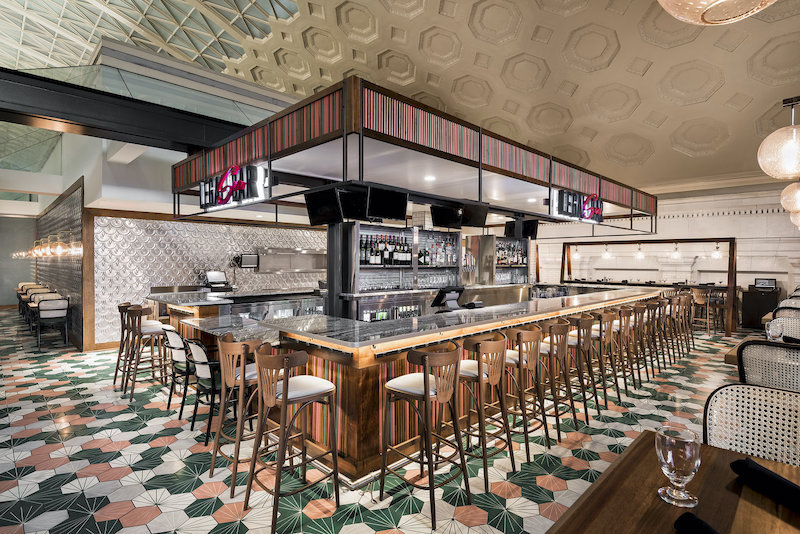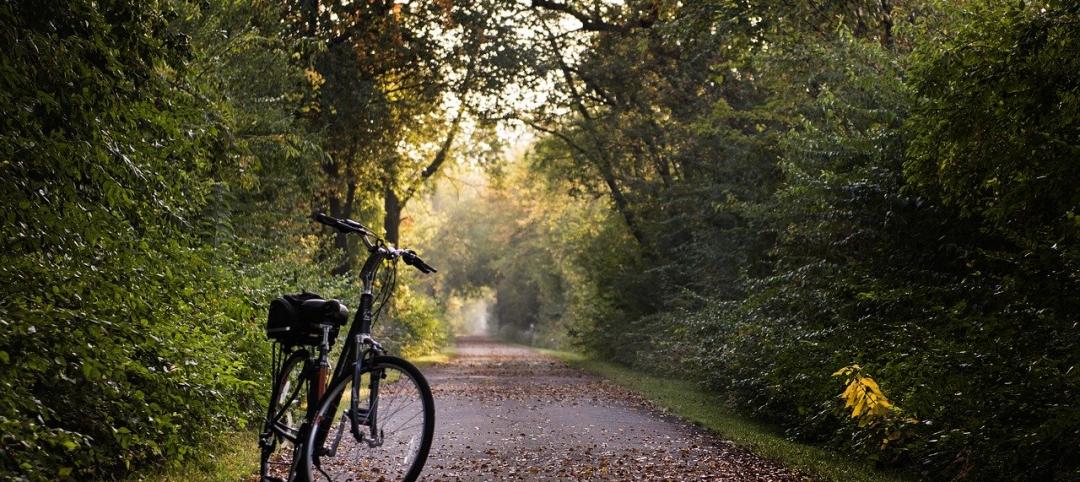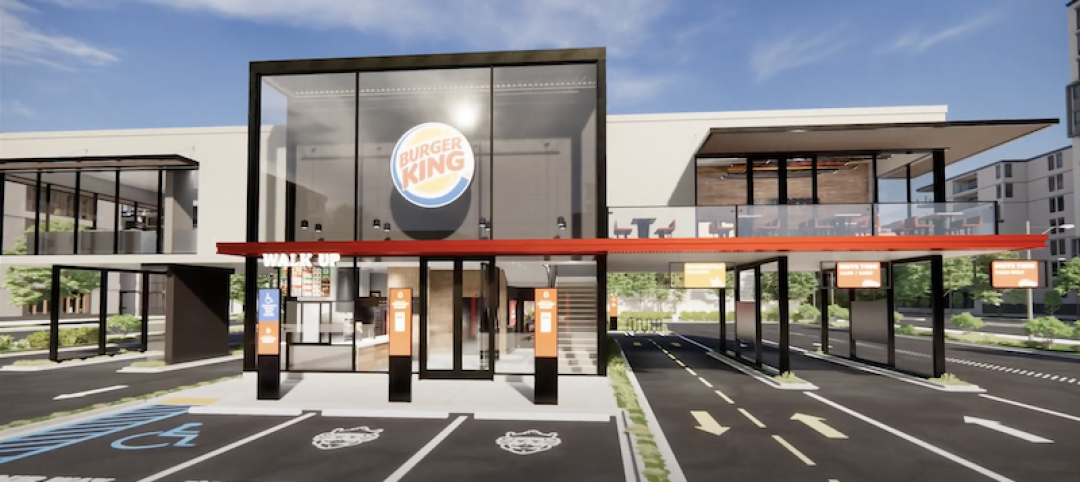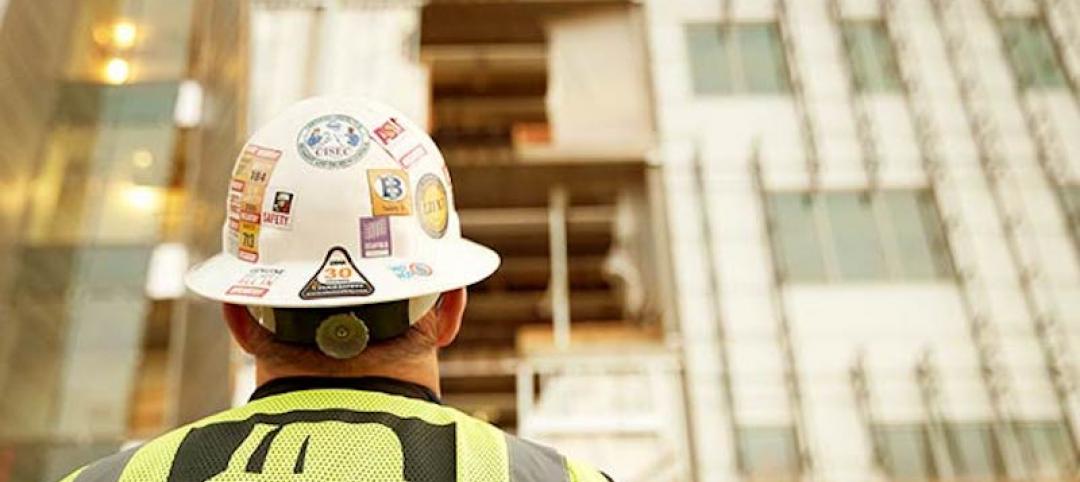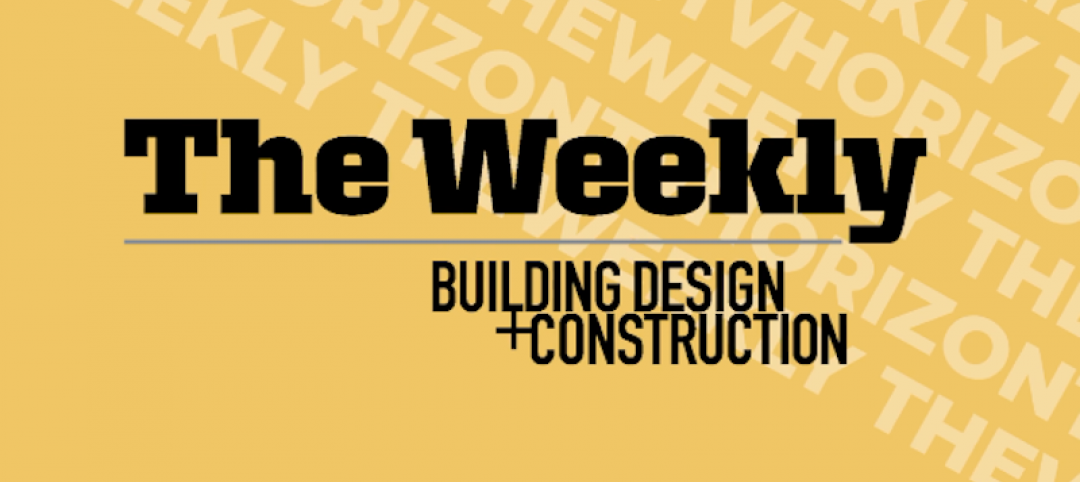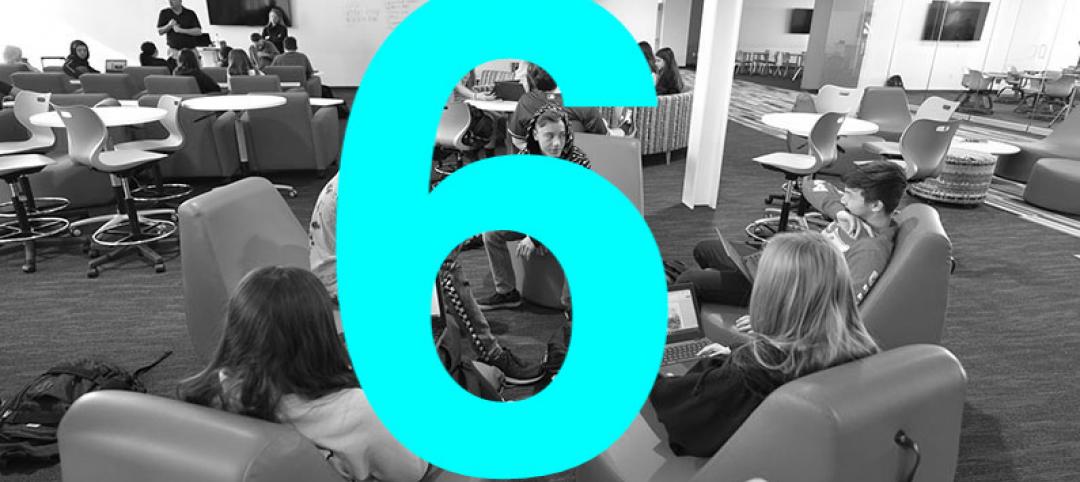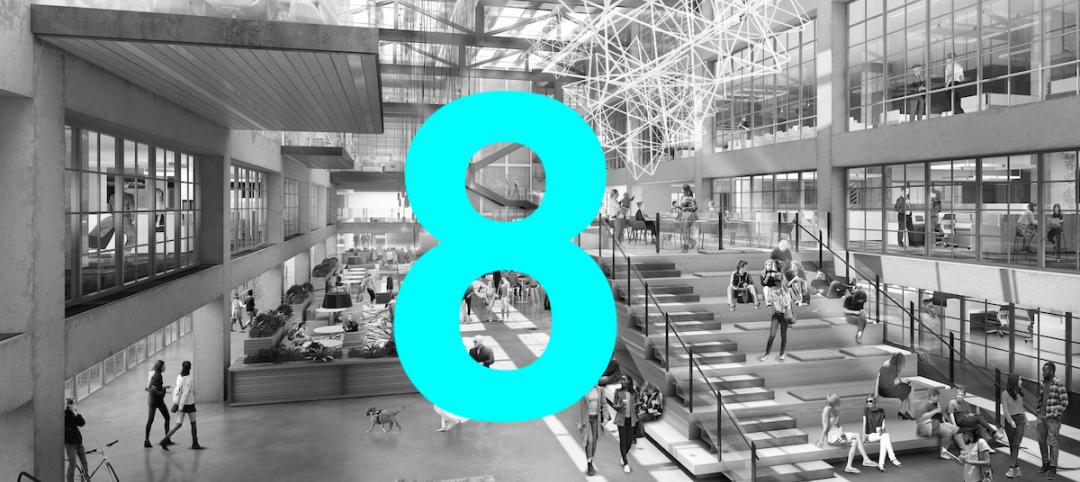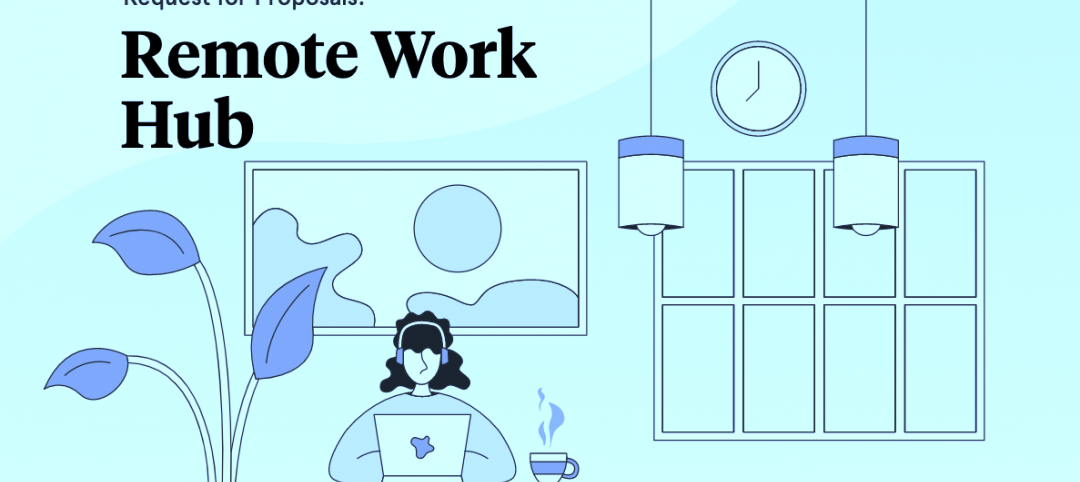Tens of thousands of restaurants and hotel rooms in the U.S. have been vacant as a result of the novel coronavirus. The U.S. Bureau of Labor Statistics estimates that the leisure and hospitality sector lost 7.7 million jobs in April alone, with restaurants taking most of that hit, and the sector’s unemployment rate soared to 39%.
Even in states like Georgia that reopened their economies earlier than most, customers have been reluctant to go to restaurants whose staffs are wearing masks, checking patrons’ temperatures, and using disposable placemats. The Texas Restaurant Association estimates that at least 12% of restaurants in the state had closed permanently due to the virus’s outbreak.
Getting customers to book a room and reserve a table again is going to take more than shuffling some furniture around. “We’re going to have to redesign the word ‘safe’ to help guests understand cleanliness,” says David Shove-Brown, Partner and Principal with //3877, a boutique design firm based in Washington D.C., with hospitality and restaurant design practices.
“As any business now, restaurants will need to convey what the brand, ownership, and staff are doing to ensure they are implementing even higher cleaning standards than before,” says Lesley Hughes Wyman, RID, ASID, IIDA, NEWH, Partner and Principal with MatchLine Design Group, a Dallas-based interior design firm whose specialties include hotels, casinos, and convention centers.
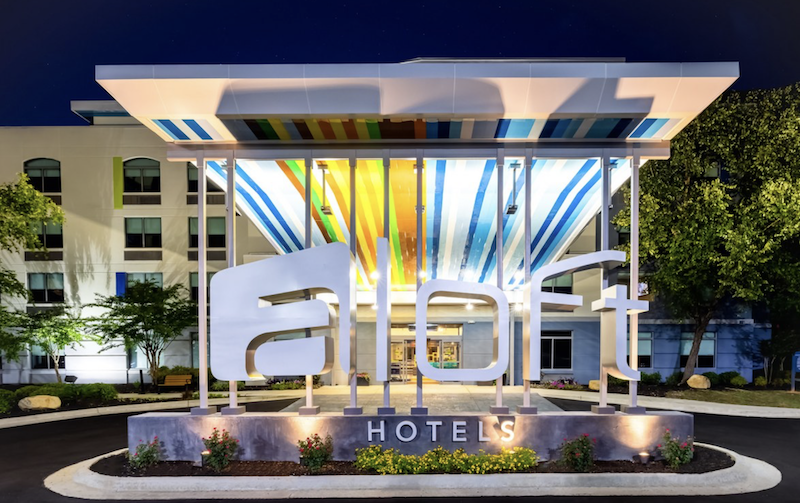
//3877 was the lead architect on the complete conversion of the 100-key Aloft Hotel in Columbia, S.C., which opened in the Summer of 2018 and included a new lobby. The firm believes that hotels will need to convince guests that they are staying a safe environment. Image: The Rohm Group
FLEXIBILITY AND STAFF TRAINING ARE KEYS TO REOPENING SUCCESSFULLY
Wyman sees flexibility as the key, “where options that allow varied gathering reconfigurations are paramount.” Griz Dwight, AIA, LEED AP, Principal and Owner of GrizForm Design Architects in Washington D.C., says his firm has been talking with many of its hospitality clients about how to reconfigure a space’s layout so that it creates more of a circular pattern for foot traffic versus straight in and out. In terms of restaurant design, “we might see more loose tables and fewer banquettes and booths,” or on the other hand “more intimate, secluded spaces” that incorporate four-top booths and private areas, says Dwight. Bar stools will need to be spread out to give patrons more room.
The three design executives espouse nonporous cleanable fabrics, preferably with antimicrobial features. Shove-Brown speculates that hotels might bounce back a little quicker than restaurants “as they are easier to clean and allow safe social distancing.” Restaurants, he adds, will need to become “more adaptable,” and demonstrate “increased resilience” that will take more time to implement.
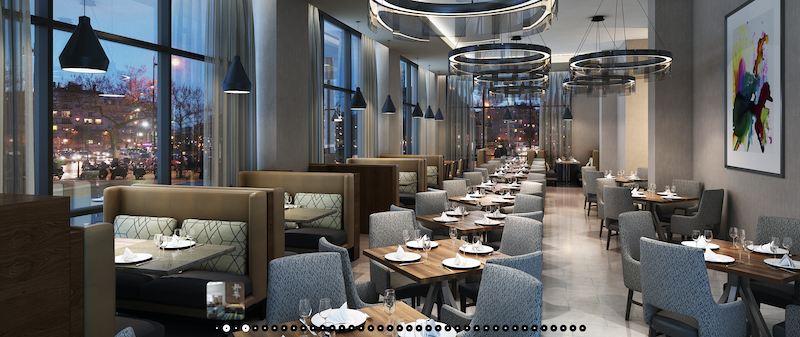
One of MatchLine Design Group's recent restaurant projects. To reopen, restaurants are going to need to reduce their capacities, at least initially, which will mean more spacing between tables and booths, and possibly more secluded and private spaces. Image: MatchLine Design Group
MatchLine is now also specifying products that can function with fewer touchpoints, such as automatic window treatments and lighting scenarios based on the guests’ location within a room. “We may even be looking to integrate air filtration systems within spaces and have that become part of the design itself,” says Wyman.
Hotels and restaurants must do a better job of alerting their customers of their new cleaning and infection-control regimens. But Shove-Brown is wary about design overkill. “People need to remember that this will pass. As designers and architects, we must look to temporarily fix the industry, not redesign it.” His temporary solutions include plastic dividers, UV lights, and touchless features in restrooms that “will ease guest discomfort.” He also believes that “clean” ultimately will come down to training staff to disinfect diligently and overtly “to ensure [that] guests feel safe.”
Related Stories
Coronavirus | Sep 28, 2020
Cities to boost spending on green initiatives after the pandemic
More bikeways, car restrictions, mass transit, climate resilience are on tap.
Coronavirus | Sep 28, 2020
Evaluating and investing resources to navigate past the COVID-19 pandemic
As AEC firm leaders consider worst-case scenarios and explore possible solutions to surmount them, they learn to become nimble, quick, and ready to pivot as circumstances demand.
Coronavirus | Sep 24, 2020
The Weekly show: Building optimization tech, the future of smart cities, and storm shelter design
The September 24 episode of BD+C's "The Weekly" is available for viewing on demand.
Coronavirus | Sep 10, 2020
Mobile ordering is a centerpiece of Burger King’s new design
Its reimagined restaurants are 60% smaller, with several pickup options.
Coronavirus | Sep 9, 2020
Prefab: Construction’s secret weapon against COVID-19
How to know if offsite production is right for your project.
Coronavirus | Sep 3, 2020
The Weekly show: JLL's construction outlook for 2020, and COVID-19's impact on sustainability
The September 3 episode of BD+C's "The Weekly" is available for viewing on demand.
Coronavirus | Sep 1, 2020
6 must reads for the AEC industry today: September 1, 2020
Co-working developers pivot to survive the pandemic, and the rise of inquiry-based learning in K-12 communities.
Coronavirus | Aug 28, 2020
7 must reads for the AEC industry today: August 28, 2020
Hotel occupancy likely to dip by 29%, and pandemic helps cannabis industry gain firmer footing.
Coronavirus | Aug 27, 2020
8 must reads for the AEC industry today: August 27, 2020
Extended-stay hotels are the lodging sector's safest bet, and industrial real estate faces short-term decline.
Coronavirus | Aug 25, 2020
Co-living firm Common issues RFP for the future home office and work hub
Common, the U.S.’s largest co-living company, recently released an RFP for a “Remote Work Hub” to blend work and life from the ground up.


